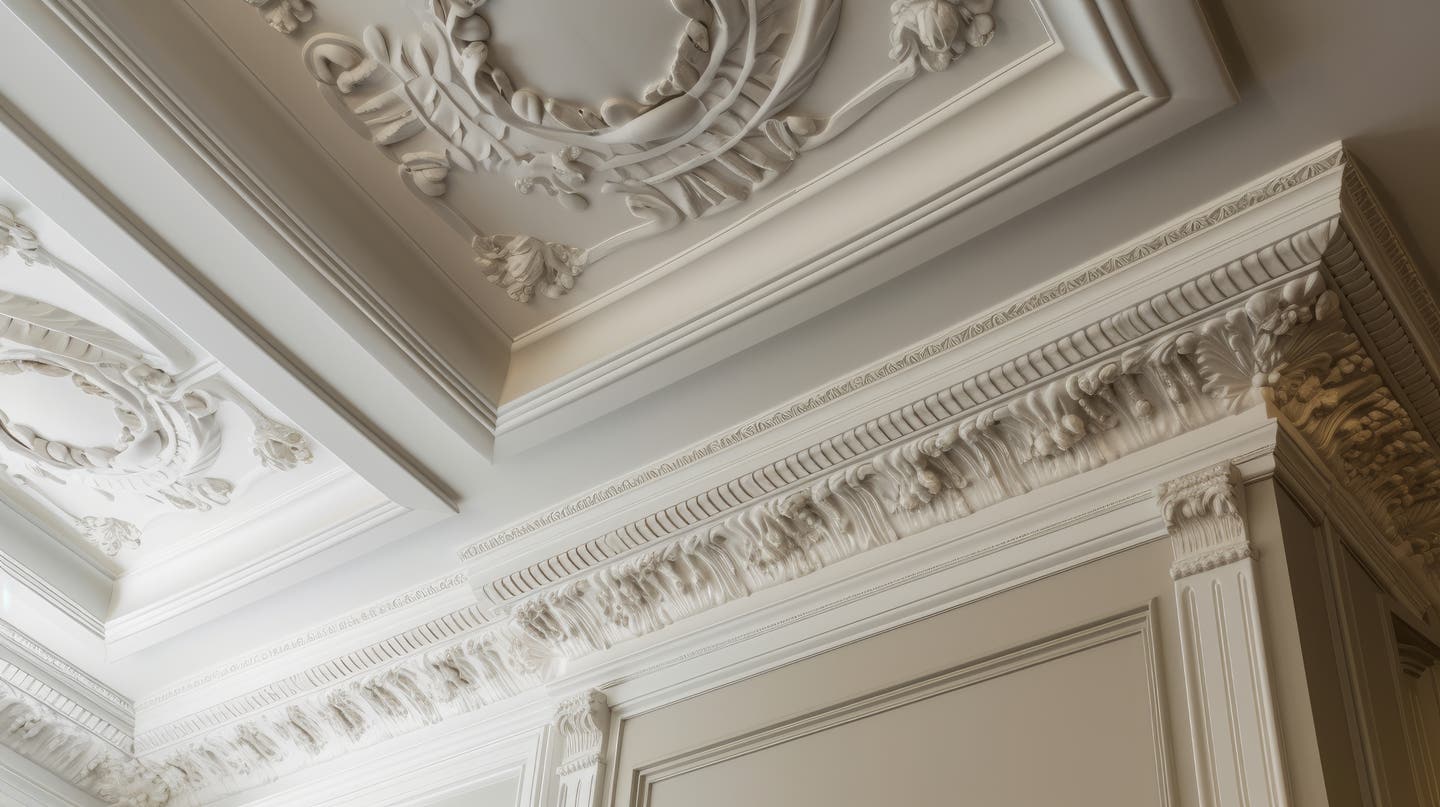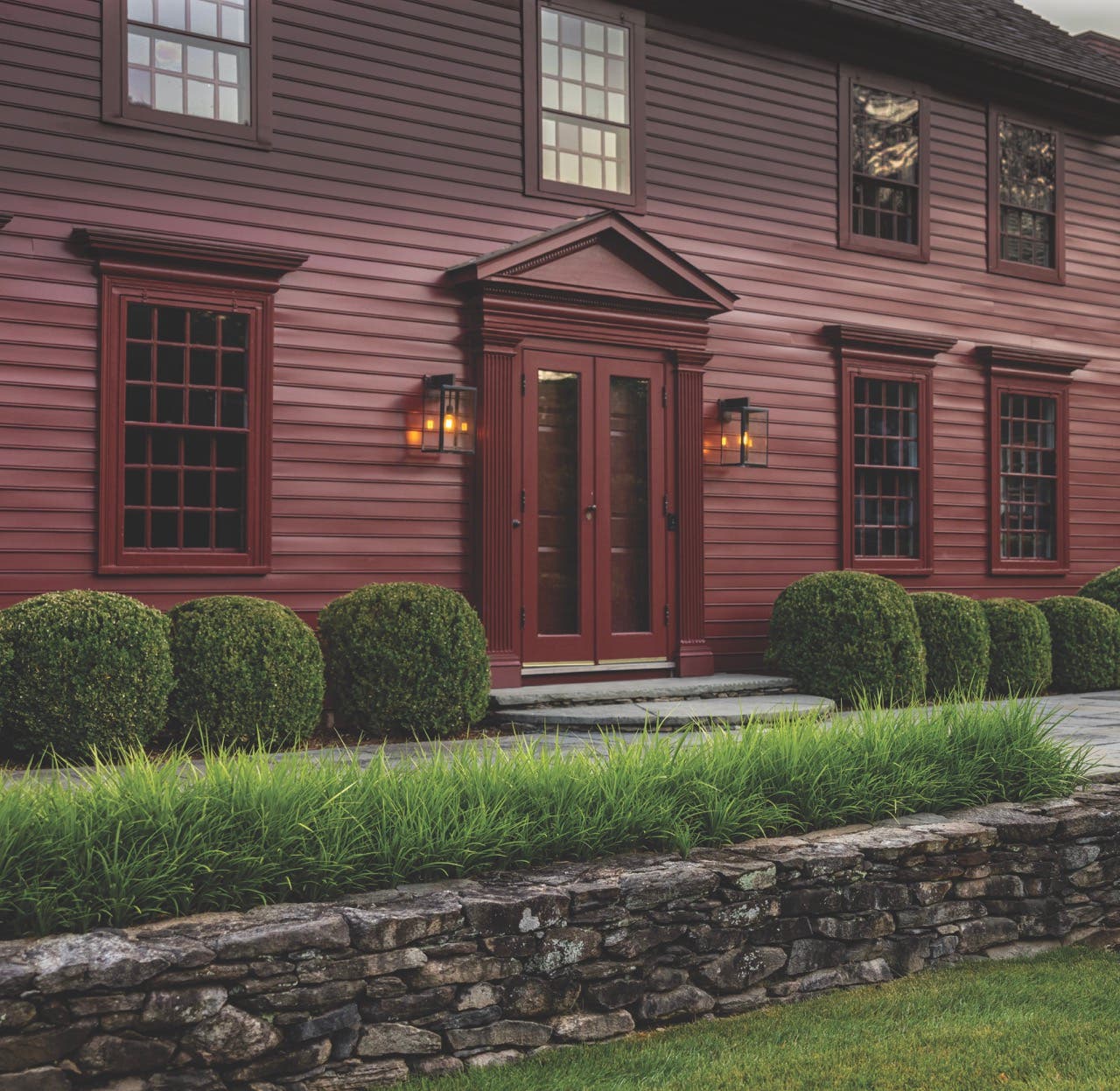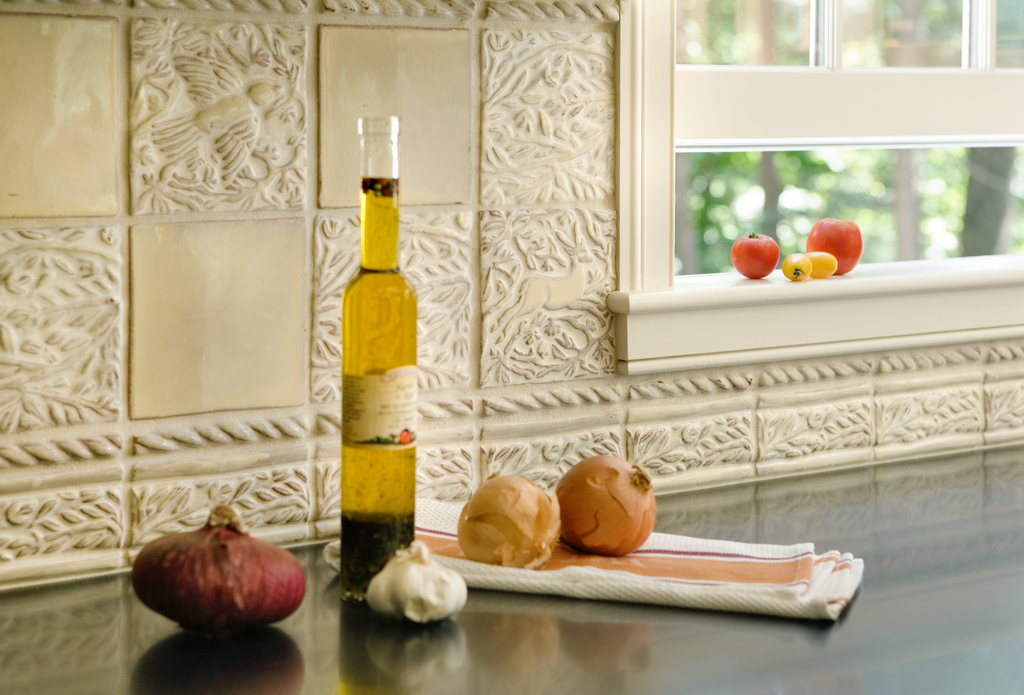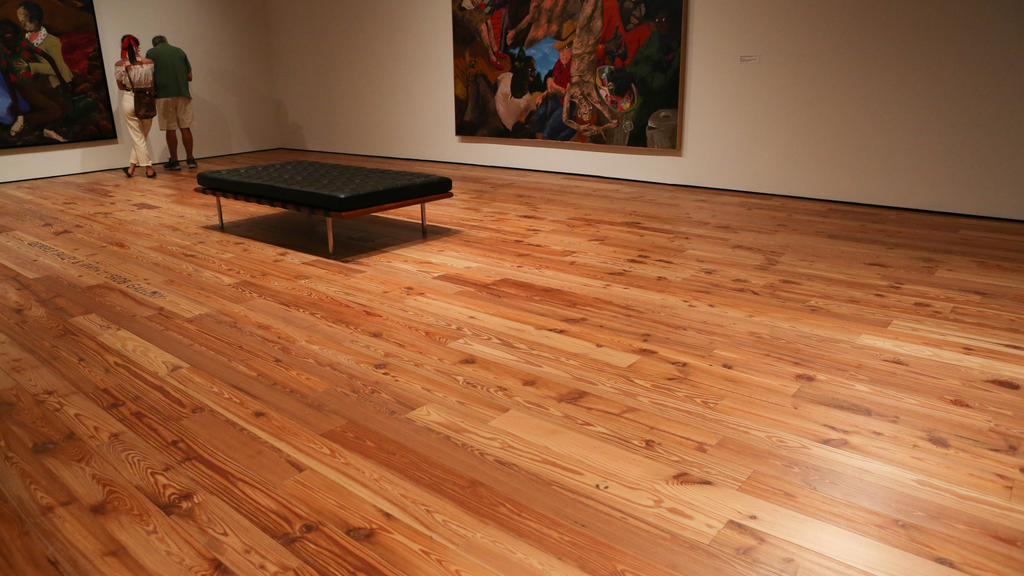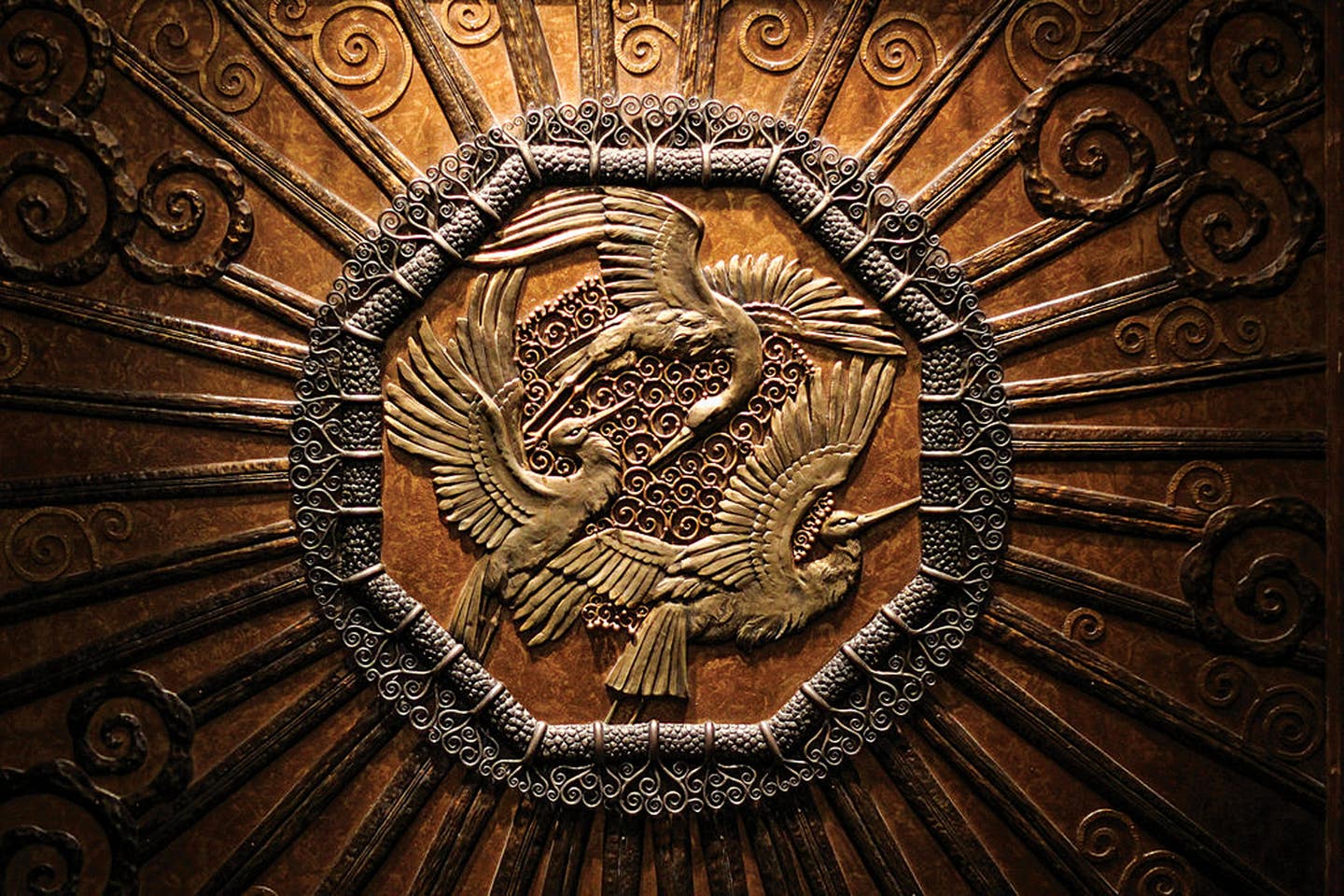
Product Reports
Replicating Period Moldings
From corbels to ceiling medallions, decorative moldings define traditional architecture, breathing new life into centuries-old styles. Today, thanks to new technology and new materials, there are more choices than ever. Here are some of the key companies that are making historically accurate moldings.
Balmer Architectural Mouldings
The Canada-based Balmer Architectural Mouldings, which was established in the United Kingdom in 1835 and set up shop in North America in 1894, specializes in custom plaster ornament for interiors.
Its extensive catalog features cornices, friezes, columns, pilasters, pediments, panel moldings, brackets and sconces as well as a variety of ceiling pieces, including domes, medallions, ornament and tile.
The firm also offers fireplace mantels and overmantels, hearths and surrounds.
The international headquarters of the Institute of Classical Architecture & Art’s Soanian Wall features 29 castings from Balmer across classical design history.
Decorators Supply Corp.
Decorators Supply Corp. is a historical Chicago institution that traces its beginnings to 1883 and its growth to the 1893 World’s Columbian Exposition-The White City. It manufactures a variety of architectural and ornamental designs in wood, plaster, composition and some other materials.
After the 1893 World’s Columbian Exposition, Decorators Supply maintained many of the craftsmen who had come to work on the fair from Germany, England, Italy, Greece and other countries around the world. These craftsmen helped build Decorators Supply’s vast catalog of historically accurate patterns and designs that form much of today’s collection.
The wood composition shop offers over 16,000 ornaments for woodwork and furniture as well as walls and ceilings. These thermoplastics are flexible and can be bent into a variety of shapes to fit specific projects. The material was developed by the ancient Egyptians and perfected by Decorators Supply’s proprietary recipe.
“Decorators Supply has the best detail available because they maintain a library of the original hand-carved wood patterns,” says Dallas architect Wilson Fuqua. “The original patterns allow for better mold making and therefore better casting by highly skilled craftsmen—an incredible alternative to hand-carved wood or CNC’d wood. You cannot beat the quality of this material or the detail. Many have tried and failed.”
The plaster shop offers ornamentation hand-cast from historic molds that can be installed with ordinary carpentry tools. In addition to wall and ceiling ornaments, Decorators Supply sells ceiling medallions, full-panel ceilings, crown and panel moldings, column capitals and pilaster capitals, corbels and niche shells. Many of the pieces can be made with material suitable for exterior installations.
“We have the largest selection of architectural ornamentation in the country if not the world,” says owner Mark Marynick. “We simply are the ‘go to’ company for ornamentation. We are the original. In most cities, you cannot walk down the street without seeing one or more of our original designs adorning the front of a house or building.”
Decorators Supply’s ornamental work embellishes many historic buildings and homes, including the U.S. Capitol, the Smithsonian Institution, the National Gallery of Art, the Jimmy Carter Library and the Gerald R. Ford Museum as well as the sets of countless blockbuster movies and Broadway productions.
Driwood
Based in South Carolina, Driwood has been hand-crafting ornamental moldings, millwork and trims for over a century.
“We specialize in hardwood embossed moldings that replicate hand-carved pieces but without the astronomical costs,” says vice president Mitchell Powell, grandson of the founder. “All of our pieces are made on vintage precision equipment and handcrafted just like they were 100 years ago.”
The company, which has seven employees, stocks over 500 architectural moldings and also creates custom pieces.
“We specialize in period architecture,” Powell says, adding that its ornament has been installed in the Augusta National Golf Club and the Pentagon. “And we do research to make sure every piece is architecturally correct. We often consult at the job site and tailor our pieces to fit the project.”
He adds that “everything is made, by design, to last a lifetime.”
Enkeboll
Established in 1956, the family-owned Enkeboll offers more than 1,000 embellishments, ranging from cornices and mantels to Renaissance wall panel details.
“We make designs that incorporate elegance, craftsmanship and quality in every detail,” says marketing manager Rosanna Vaughn.
Over the last five years, the company, which has 50 employees and a 75,000-square-foot plant, has carved more than 100 species of wood. Each piece of wood is color-matched, and each finished product is inspected and signed by the craftsman. The pieces, which are numbered, are easy to assemble: Mantels are pre-fit, columns and pilasters have built-in connectors and staircase balusters can be split to client specifications.
Enkeboll’s embellishments are installed in several Catholic cathedrals and Mormon temples and in New York City’s The Beekman, a Thompson Hotel.
J.P. Weaver
J.P. Weaver, whose products have been installed in a number of prominent public buildings, including New York City’s Plaza Hotel and California’s Sacramento State Capitol, has been designing and manufacturing decorative moldings since 1914.
The company, which was founded by the company’s namesake British gilder who set up shop in Los Angeles to create ornament for furniture and picture frames, offers three products: plaster casts, composition ornament and pieces made of a proprietary polyester resin called Petitsin Flex Molding.
“We differ from other ornamental molding companies in that we provide a lot of design assistance,” says Stephanie Croce, co-owner and senior designer. “We also are one of the few companies in the world that still makes composition ornament, which dates to the early Italian Renaissance. We use our own family recipe.”
The company, whose work is done on-site by 15 artisans in a 10,000-square-foot studio in Glendale, California, has an extensive collection of designs: some 250 styles of plaster casts, over 10,000 examples of composition ornament and about 2,000 molds made of a propriety resin-based compound called Petitsin Flex Molding.
“Petitsin, which is very flexible, allows us to do things that would be difficult or costly to execute in plaster,” Croce says. “It has the same finely carved appearance of plaster. It’s also less costly to make and install.”
Croce notes that J.P. Weaver’s architect clients generally specify custom cast-plaster ornament for their projects. “Sometimes, depending on the design, we suggest that they use a cast-plaster profile with Petitsin details,” she says.
J.P. Weaver also creates custom ornament and does local restoration projects for private homes. “We go to the site,” Croce says, “to see what the existing ornament is and what condition it is in. We remove and clean pieces so we can make a mold and cast new ones.”
Croce likens molding design to arranging letters in an alphabet. “You put pieces together to form beautiful words,” she says.


